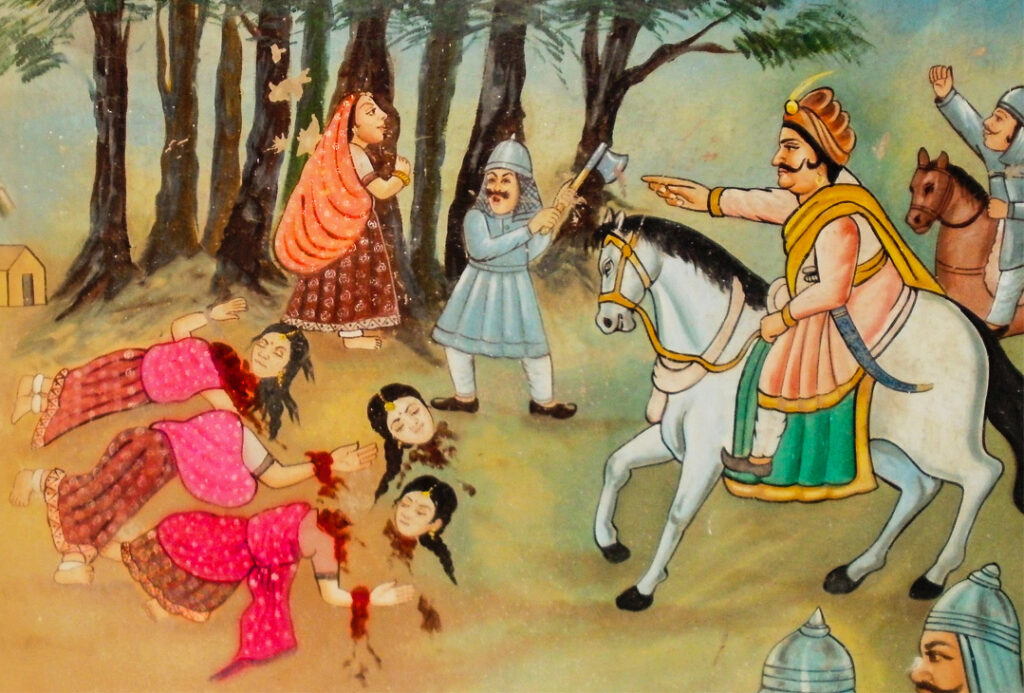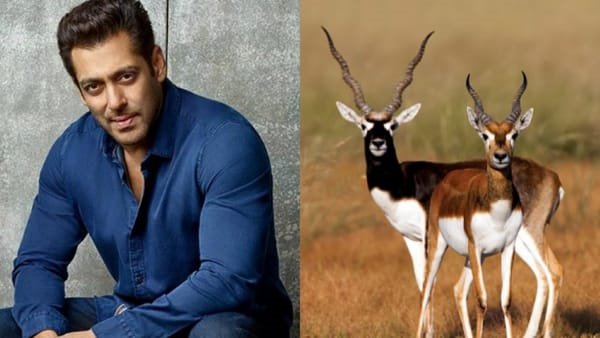
The Bishnoi community, known for its deep reverence for nature, has a storied relationship with wildlife, particularly blackbucks and chinkaras. This connection became widely discussed following the infamous poaching incident involving Bollywood actor Salman Khan, which ignited tensions with gangster Lawrence Bishnoi. Whether Lawrence’s grudge truly stems from the Blackbuck case or is part of his attempt to build a dangerous image is still debated. However, one thing is clear—the Bishnoi commitment to wildlife conservation is a significant part of their identity and history. The Bishnoi community even worships blackbucks, showing their deep respect for nature.
Rising Guardians of Nature
For over 550 years, the Bishnois have been protectors of wildlife and nature, fiercely guarding animals like blackbucks from hunters and safeguarding trees from loggers. Their unwavering dedication to preserving life has become a core part of their identity.
The Bishnoi community, a Hindu religious sect, lives mainly in the Western Thar desert and parts of northern India. Their origins trace back to Guru Jambhesvara, who was born in 1451 in Peepasar village, Rajasthan. Jambhesvara belonged to a Panwar Rajput family and was deeply influenced by Vaishnava traditions. His followers believe him to be an incarnation of Lord Vishnu.
Spiritual Revelations and Environmental Ethics
At the age of 25, Jambhesvara witnessed a devastating drought in Western Rajasthan, which lasted for ten years. In desperation, people began cutting down trees and hunting animals like chinkaras and blackbucks for food. This troubled Jambhesvara deeply, and he spent years reflecting on how to help his community.
By the age of 34, he had a spiritual revelation. He introduced 29 strict rules for his followers to follow, which focused on living in harmony with nature. These rules are why the community is called “Bishnoi,” which means 20 (bish) and 9 (noi). Eight of these rules were about protecting the environment, including a ban on killing animals and cutting down trees. The rest covered social behaviour and personal cleanliness.
In addition to the 29 rules, Jambhesvara’s teachings are recorded in 120 statements called sabdas. These sabdas emphasize the need to protect the environment and criticize harmful practices by both Hindus and Muslims.
Acts of Sacrifice

One of the most famous examples of Bishnoi’s dedication to nature was the Khejri massacre in 1730. Amrita Devi, along with her daughters, gave up their lives to stop Maharaja Abhay Singh’s men from cutting down Khejri trees. A total of 363 people died in this act of resistance.
The Bishnois have continued their protection of nature through the years. In 1978, they protested against the hunting of the Great Indian Bustard in Jaisalmer, contributing to the species’ conservation.
Also read: DELHI ZOO SUSPENDED OVER MISTREATMENT OF ELEPHANT SHANKAR
Confronting Modern Challenges

In 1998, the Bishnoi community played a key role in bringing attention to the poaching of chinkara and blackbuck by actor Salman Khan and others during the filming of Hum Saath Saath Hain. Testimonies from Poonamchand and Chhogaram Bishnoi led to Khan’s conviction, though the final verdict is still pending.
Current Status Of Blackbucks In India
Blackbucks are native to the Indian subcontinent. Males are known for their striking corkscrew-shaped horns and dark brown to black coats, while females are lighter, with fawn-coloured fur. These animals are mostly found in three regions across India—north, south, and east. Thanks to strong conservation efforts, the blackbuck’s status was changed to “Least Concern” by the IUCN in 2017. They are protected under Schedule 1 of the Wildlife Protection Act, 1972. Hunting or poaching them is a serious crime, with punishments including up to six years in jail.
Lasting Legacy of the Bishnoi Community
The Bishnois’ deep commitment to the environment has made them a symbol of ecological protection and sacrifice, leaving a lasting impact on Indian culture and environmental awareness.